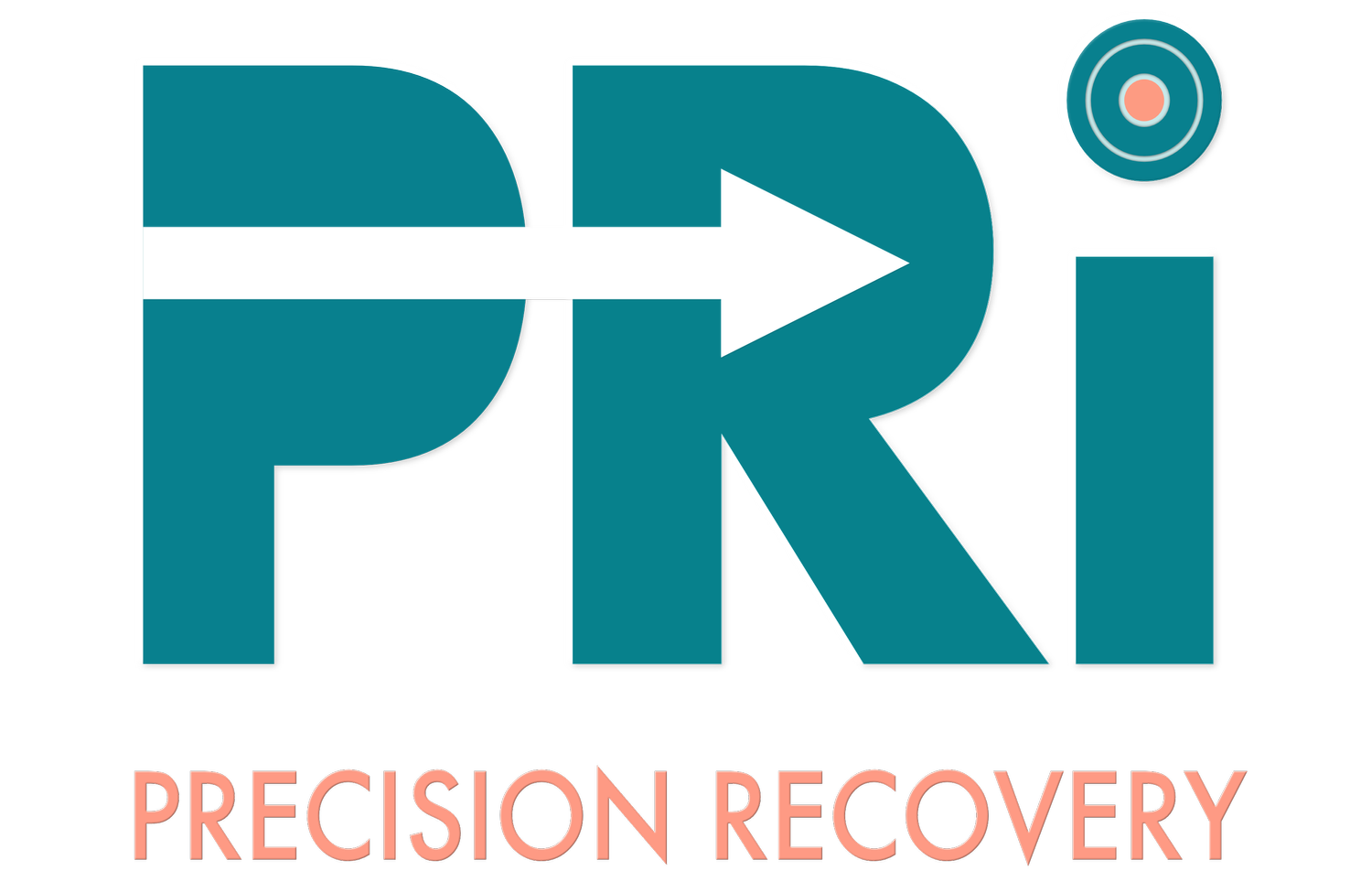Home-based exercises for stroke survivors
Tailored Exercise After Stroke: Navigating Recovery with Individualized Approaches
After experiencing a stroke, exercise becomes a cornerstone of the recovery process. The type and intensity of exercises, however, should be customized based on the type of stroke, the level of motor and cognitive impairment, and individual capabilities. Whether you've had an ischemic or hemorrhagic stroke, and regardless of the challenges you face, there are exercises suited to your needs that can aid in your recovery journey.
Understanding Stroke Types and Exercise: There are two main types of stroke: ischemic and hemorrhagic. Ischemic strokes occur when a blood clot blocks a blood vessel supplying blood to the brain, while hemorrhagic strokes happen when a blood vessel in the brain bursts. The impact of these strokes on the body varies, which is why exercise recommendations must be adapted accordingly.
Tailoring Exercise for Motor Impairment: Motor impairment is common after a stroke, affecting movement and coordination. For those with motor challenges, focusing on rehabilitation exercises is essential. These exercises aim to regain muscle strength, coordination, and mobility. Depending on the severity of impairment, exercises can range from passive movements guided by a therapist to more active movements using the unaffected side of the body.
Aerobic Exercises: For those who are capable, low-impact aerobic exercises such as stationary cycling, seated marching, or water aerobics can improve cardiovascular health. These exercises can be adapted to accommodate mobility limitations.
Resistance Training: Resistance training with light weights or resistance bands can help rebuild muscle strength. It's crucial to start with manageable resistance and progress gradually to prevent overexertion.
Flexibility and Stretching: Gentle stretching exercises can improve flexibility, reduce muscle stiffness, and prevent contractures. Stretching should be done with caution to avoid straining weakened muscles.
Tailoring Exercise for Cognitive Impairment: Cognitive impairment is another challenge stroke survivors may face. For those with cognitive difficulties, exercises that incorporate mental engagement are beneficial. These exercises can help improve cognitive functions while enhancing physical well-being.
Mind-Body Activities: Mind-body activities like yoga and tai chi promote relaxation, balance, and mindfulness. These exercises can also aid in improving concentration and memory.
Dual-Task Training: Dual-task training involves combining physical activities with cognitive tasks, such as walking while counting or solving puzzles. This approach challenges both the body and the mind simultaneously.
Group Activities: Participating in group exercise classes fosters social interaction while providing cognitive stimulation. Dance classes, for instance, require coordination, rhythm, and memory recall.
Guidelines for Safe Exercise: Regardless of the type of stroke or the level of impairment, there are some general guidelines for safe exercise after a stroke:
Consult Professionals: Before starting any exercise program, consult your healthcare team, including your doctor and physical therapist, to ensure your safety.
Start Slow: Begin with exercises that match your current capabilities and gradually increase intensity as you progress.
Listen to Your Body: Pay attention to your body's signals. If you feel discomfort or pain, stop the exercise immediately and consult your healthcare provider.
Stay Hydrated: Drink plenty of water before, during, and after exercise to stay hydrated.
Rest: Allow your body time to rest between exercises. Overexertion can hinder recovery.
Use Assistive Devices: If needed, use assistive devices like canes or walkers to ensure stability and safety during exercise.
Consistency is Key: Regular exercise yields better results. Aim for consistency rather than pushing yourself too hard in a single session.
In conclusion, after experiencing a stroke, exercise should be tailored to the individual's type of stroke, motor and cognitive impairment, and capabilities. A holistic approach that combines physical and mental engagement can lead to improved physical fitness, cognitive function, and overall quality of life. Consulting healthcare professionals, staying patient, and celebrating even small progress are all integral parts of the post-stroke exercise journey.
